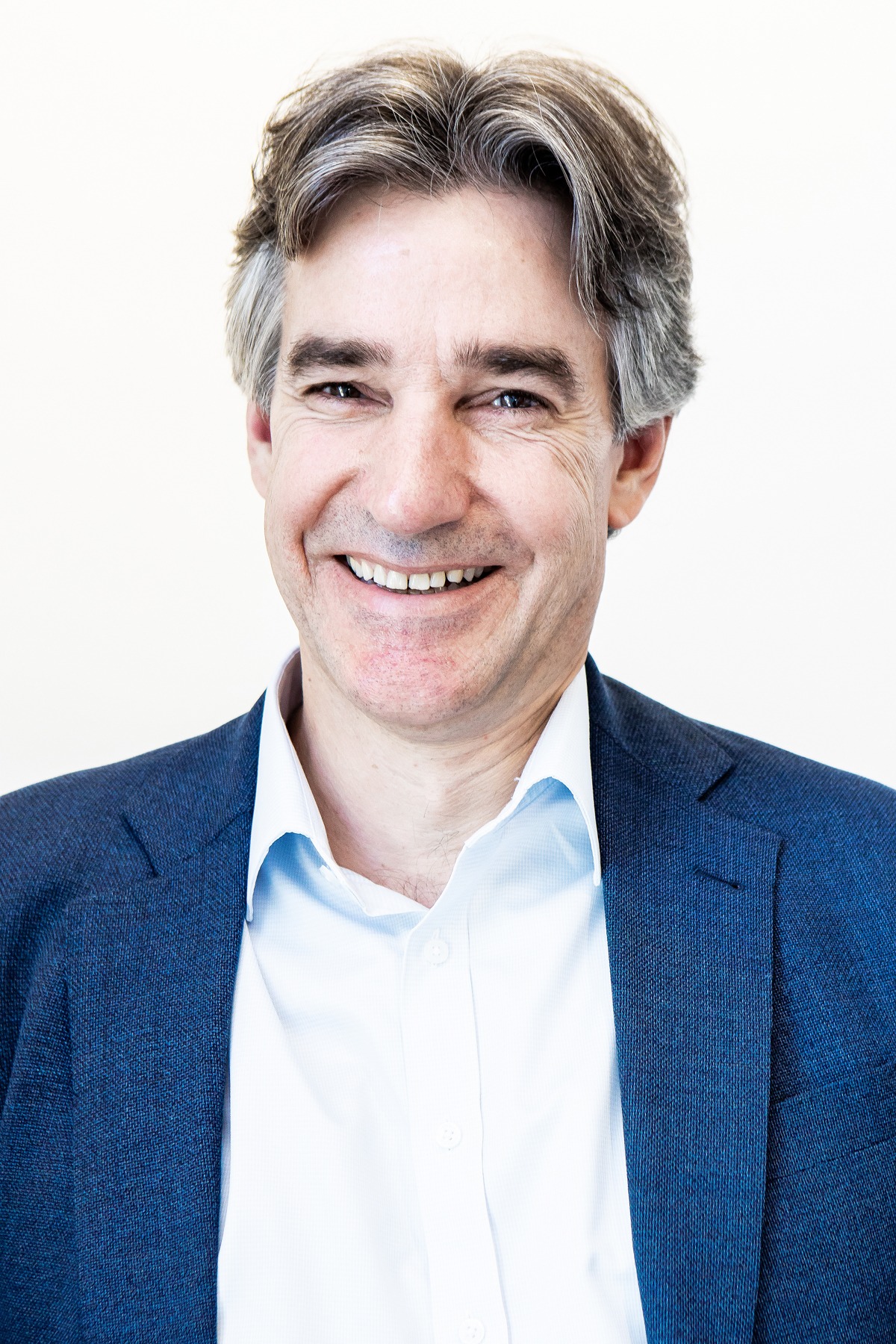Based on decades of experience working with leaders, it is clear to me that many of the best are critical thinkers. Their ability to logically analyse information and evaluate problems to reach effective, well-reasoned decisions is vital for any business.
When they’re in the zone, critically-minded leaders are quick to spot problems and gaps, identify potential gaps and risks in solutions and are very effective in playing “devil’s advocate” by pointing out gaps, problems and weaknesses when evaluating data and solving problems.
However, when used in excess, critical thinking can result in the following problematic behaviours for leaders:
- They can come across as negative, sceptical, or too critical by overdoing their critique and evaluation. This can undermine the energy and morale, especially of people who are more creative, enthusiastic, and positive in nature.
- They can dismiss others’ ideas and solutions too quickly, even when they are good or have only small, solvable drawbacks. This can quickly stifle creativity and innovation.
- They may spend too much time focusing on the weaknesses of an alternative or idea rather than considering the possibilities and new opportunities it presents
However, there are a variety of techniques critically-minded leaders can apply to avoid these risks. Based on my coaching work with this type of leaders, these are the most effective:
Identifying situational triggers for the overused behaviours
Leaders develop deeply ingrained habits and ways of approaching and handling tasks and decisions based on what’s worked for them in the past. These habits are developed over many years and are often very difficult to change. However, by becoming more self-aware of what triggers overused behaviours, critically-minded leaders can learn to monitor how they are using their critical thinking skills across different situations and the impact they are having on others. For example, periods of intense stress and pressure can often amplify overused behaviours. Similarly, they may be triggered by overly optimistic or positive people. Through practising “dialling up” and “dialling down” their critical thinking, they can adjust their behaviour to the needs of the situation and minimize the risk of overdrive behaviours showing up.
Using signposting to clarify expectations
Critically minded leaders are often misunderstood by others as being overly critical or negative, especially when the team is made up of positive and creative thinkers. By signposting their intentions to the team more clearly, critical leaders will be better understood and trusted to play a complementary role that brings value to the group. There are various ways leaders can signpost their intentions up front, however, the easiest is to say something along the lines of: “Are you ok if I play devil’s advocate during this meeting?” or “I’m happy to flush out issues and problems as we work through these options if everyone’s ok with that.”
Effective questioning skills
In coaching critically-minded leaders over several decades, some of my greatest breakthroughs have occurred by helping leaders to understand how to shift the way they use their critical thinking talent from presenting arguments and objections to posing powerful questions. Critical thinkers typically ask themselves tough questions about the data or options in front of them but don’t always verbalise these questions. By communicating and inviting others to reflect on these open questions with them, they can enrich the conversation, promote better scrutiny of the data, and broaden the team’s conversation about potential options, risks, and decision criteria.
Creating space for creative problem-solving
Leaders who are critical thinkers need to learn to make space for creative thinkers to have a voice and apply their talents, especially when creative problem-solving is called for to tackle complex problems or promote more innovation. This requires consciously “dialling back” on their tendency to find fault with ideas and solutions to allow sufficient time and space for creative thinking. They can either call on the natural creatives in the team to lead a brainstorming or brainwriting session or they can do this themselves. We recommend the former as this will provide creatives with an opportunity to shine and optimize their talents. Leaders can also make greater use of established divergent thinking techniques such as the POINT method when problem-solving. This encourages people to first look at the Pluses and Opportunities associated with ideas and alternatives in advance of issues and problems. The second step is to encourage the team to raise Issues as problem questions rather than simply stating the issues, as questions invite divergent and creative thinking. Finally, the team explores New Thinking to tackle problem questions that have been raised and discussed.
When leaders overuse their critical thinking talents, their overwhelming critique, negativity, and problem-spotting can easily be misunderstood by others. These overused behaviours can lead to a multitude of other unintended consequences, including poor performance, damaged relationships, and low morale. However, by building greater self-awareness, adapting their critical thinking to the needs of the situation, and collaborating with others who are more creative and solutions-oriented, leaders who are critical thinkers can significantly improve their leadership effectiveness and outcomes.
To find out how we can help your organization avoid using overused talents, contact us at info@talentpredix.com




